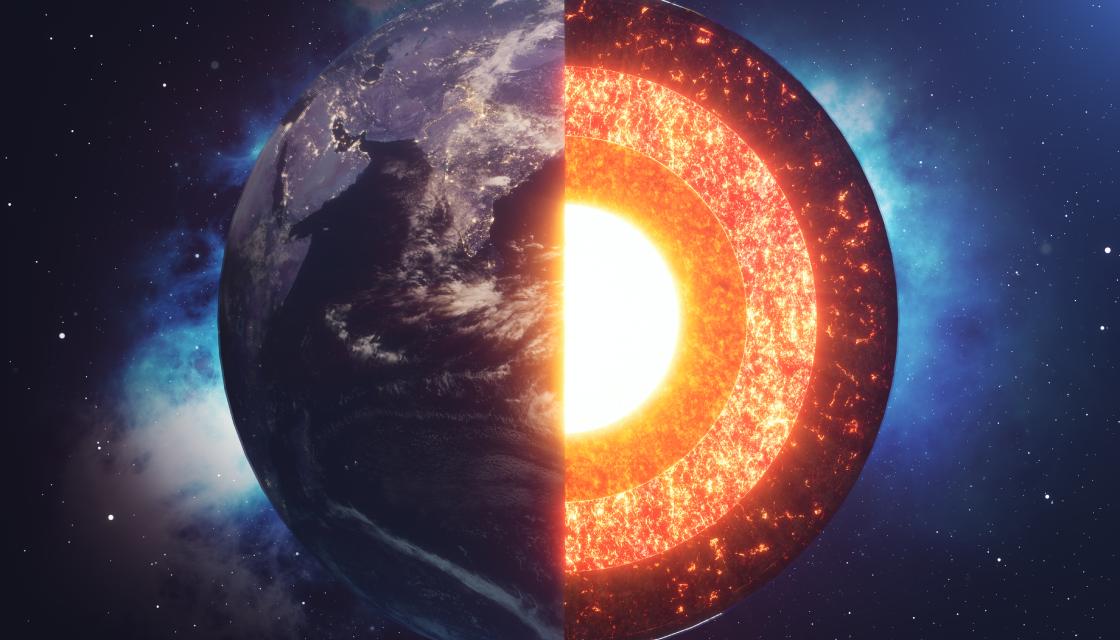Thousands of kilometres beneath our feet, the Earth's inner core may have recently stopped spinning and could even be rotating in the opposite direction.
The new study, published in the journal Nature Geoscience, analysed how seismic waves caused by earthquakes passed through the core from the 1960s. Researchers discovered that "temporal changes in the waveform shape simultaneously and consistently disappeared" around 2009, suggesting that the inner core stopped rotating.
While scientists knew the inner core rotated, the speed and if it changes direction at all has been debated.
Now, geophysicist researchers at Peking University in Beijing, Xiaodong Song and Yi Yang, have found some "surprising observations", including that the core oscillates according to a 70-year cycle.
"[Our research indicates] the inner core has nearly ceased its rotation in the recent decade and may be experiencing a turning-back in a multidecadal oscillation, with another turning point in the early 1970s," they write in their research.
The Earth's solid inner core is made mostly of iron and is believed to be about 1220 kilometres wide. This sits inside a liquid outer core, meaning it can spin and different speeds and directions compared to Earth.
Song and Yang explained there are two forces acting on the inner core: electromagnetic force and gravity force.
"If the two forces are not balanced out, the inner core will accelerate or decelerate," they told Vice. "Both the magnetic field and the Earth's rotation have a strong periodicity of 60-70 years. We believe that the proposed 70-year oscillation of the inner core is driven by the electromagnetic and gravitational forces."

But the potential reversal of the inner core isn't likely to produce any world-ending scenarios since they predict this change happens every 70 years. However, since they haven't seen a full cycle of the predicted seven-decade oscillation, the research team will be "pursuing more recent data to test models and predictions".
While the changes are "valid", what Song and Yang found may not be exactly what's happening at the centre of the Earth, one expert said. John Vidale, a professor of earth sciences at the University of Southern California who wasn't involved in the study, said there are "several competing ideas" about the Earth's core.
This includes theories that the inner core reverses its rotation more frequently than the 70 years Song and Yang predicted and that it stopped spinning in 2009.
"No matter which model you like, there's some data that disagrees with it," Vidale told the New York Times.
"It's certainly possible we'll never figure it out … [But] I'm an optimist. The pieces are going to fall into place someday."



